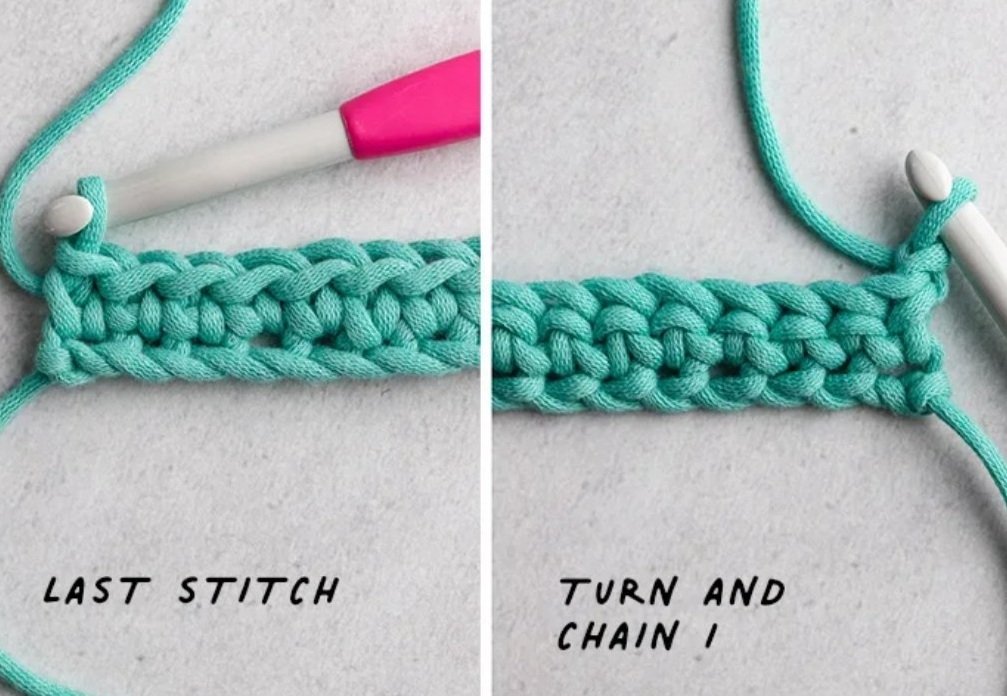The Very First Stitch: A Journey into the World of Crochet
Hello and welcome back to de Bresla!
Embarking on the journey of crochet is like opening a door to endless creativity and relaxation. Whether you're a complete beginner or returning to this beloved craft, understanding the very first stitch in crochet is a crucial step. Today, we’re going to delve into this fundamental skill, providing you with everything you need to start your crochet adventure with confidence.
The Magic Begins with a Slip Knot
Before you can make your first stitch, you need to start with a slip knot. This simple knot forms the foundation of your crochet work.
How to Make a Slip Knot:
Create a Loop: Hold the yarn and make a loop by crossing the yarn over itself.
Insert Hook: Insert your crochet hook into the loop from front to back.
Yarn Over: Grab the working yarn (the yarn connected to the skein) with your hook.
Pull Through: Pull the yarn through the loop on your hook to create a new loop.
Tighten: Adjust the loop on your hook to the correct tension by pulling on the yarn ends.
Congratulations! You’ve just made a slip knot, the essential starting point for your crochet projects.
The Foundation Chain: Building Your Base
Once your slip knot is in place, it’s time to make a foundation chain. This chain is the base of your project and where your first row of stitches will be worked.
How to Make a Foundation Chain:
Yarn Over: With the slip knot on your hook, wrap the yarn over the hook from back to front.
Pull Through: Pull the yarn through the loop on your hook. This creates your first chain stitch.
Repeat: Continue to yarn over and pull through the loop on your hook to create the desired number of chain stitches for your project.
Each chain stitch should be even in size, not too tight and not too loose. Practice makes perfect, so don’t worry if your first few attempts aren’t flawless.
The First Stitch: Single Crochet (sc)
Now that you have your foundation chain, you can make your first actual crochet stitch. The single crochet (sc) is one of the most basic and commonly used stitches in crochet.
How to Make a Single Crochet:
Insert Hook: Insert your hook into the second chain from the hook (the first chain is skipped).
Yarn Over: Wrap the yarn over your hook.
Pull Through: Pull the yarn through the chain stitch. You now have two loops on your hook.
Yarn Over Again: Wrap the yarn over your hook again.
Complete the Stitch: Pull the yarn through both loops on your hook. This completes your first single crochet stitch.
Repeat these steps across the entire row to practice your single crochet stitches.
When you come to the end of a row, you will turn your work over, make one chain stitch (for the turning chain), and then begin the next row of stitches.
Turn the Work
To turn your work, simply rotate the piece 180 degrees clockwise. The opposite side of the work will now be facing you.
I like to keep my hook in the stitch as I turn the work so that I don’t lose my place.
Practice Makes Perfect
Like any new skill, crochet requires practice. Take your time to get comfortable with holding the hook and yarn, making slip knots, chaining, and single crocheting. The more you practice, the more even and beautiful your stitches will become.
Why the First Stitch Matters
Mastering the very first stitch in crochet is not just about learning a technique; it’s about building confidence and laying a solid foundation for all your future projects. Each stitch you make is a step towards creating something unique and beautiful, whether it’s a cozy blanket, a stylish scarf, or an adorable amigurumi.
Join Our Community
At de Bresla, we’re here to support you every step of the way. Explore our tutorials, share your progress, and connect with fellow crochet enthusiasts. Remember, every expert was once a beginner, and every masterpiece starts with a single stitch.
Happy crocheting!
-de




